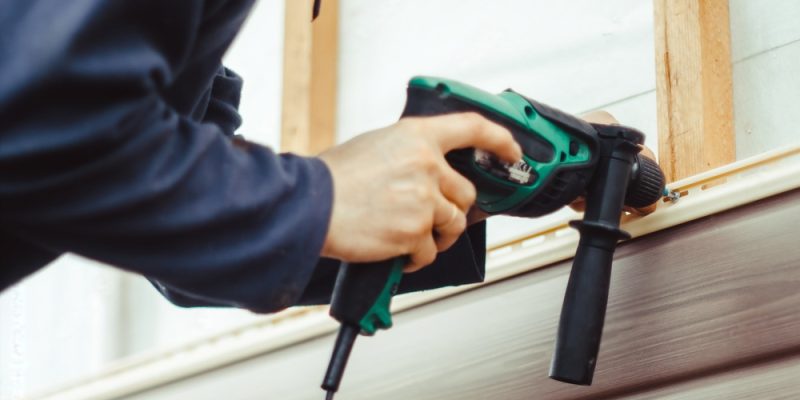Selecting the right siding material for your home is a crucial decision that impacts both the appearance and longevity of your property. Here, we delve into the top siding materials, their advantages, and provide practical installation tips for each.
1. Vinyl Siding
Advantages of Vinyl Siding
- Cost-Effective: One of the most affordable siding options.
- Low Maintenance: Requires minimal upkeep, resistant to pests and rot.
- Durable: Withstands harsh weather conditions, including strong winds and moisture.
- Variety: Comes in numerous colors and styles, offering extensive customization.
Installation Tips for Vinyl Siding
- Surface Preparation: Clean and dry the exterior walls thoroughly before starting.
- Use Starter Strips: Install starter strips at the base to ensure the first row is level.
- Nailing Technique: Leave room for expansion and contraction by not nailing too tightly.
- Panel Overlapping: Ensure proper overlap of panels to prevent water infiltration.
2. Fiber Cement Siding
Advantages of Fiber Cement Siding
- Extremely Durable: Mimics the appearance of wood, stone, or brick while being highly durable.
- Fire Resistant: Non-combustible, enhancing home safety.
- Pest Resistant: Not susceptible to termite damage.
- Low Maintenance: Requires little upkeep and has a long lifespan.
Installation Tips for Fiber Cement Siding
- Tool Use: Use carbide-tipped saw blades for cutting fiber cement.
- Joint Sealing: Apply caulk to joints to prevent water entry.
- Careful Handling: Handle with care to avoid breaking the heavy, brittle boards.
- Follow Instructions: Adhere strictly to manufacturer’s installation guidelines.
3. Wood Siding
Advantages of Wood Siding
- Aesthetic Appeal: Offers a classic, timeless look that enhances curb appeal.
- Customizable: Can be painted or stained in any color.
- Good Insulation: Provides excellent insulation properties.
- Eco-Friendly: Sustainable when sourced from responsibly managed forests.
Installation Tips for Wood Siding
- Prepping Wood: Ensure wood is primed and sealed to protect against moisture.
- Allow for Expansion: Leave gaps for expansion and contraction due to temperature changes.
- Correct Nailing: Use corrosion-resistant nails to prevent rust.
- Regular Maintenance: Plan for periodic painting or staining to maintain appearance and durability.
5. Metal Siding (Aluminum and Steel)
Advantages of Metal Siding
- Highly Durable: Resistant to fire, rot, and pests.
- Low Maintenance: Easy to clean and requires minimal upkeep.
- Aesthetic Variety: Available in various styles and finishes, suitable for modern and traditional designs.
Installation Tips for Metal Siding
- Check Compatibility: Ensure the building frame can support the weight of metal siding.
- Use Proper Fasteners: Use screws or nails designed for metal to prevent corrosion.
- Seal Joints: Seal all edges and joints to prevent water and air infiltration.
- Handle with Care: Avoid scratching or denting the panels during installation.
Conclusion
Selecting the ideal siding material involves balancing cost, durability, maintenance, and aesthetic preferences. Each of these top siding materials offers unique advantages and has specific installation requirements to ensure they perform well and last long. Whether you prioritize affordability, durability, or environmental impact, there is a siding material that fits your needs perfectly.

